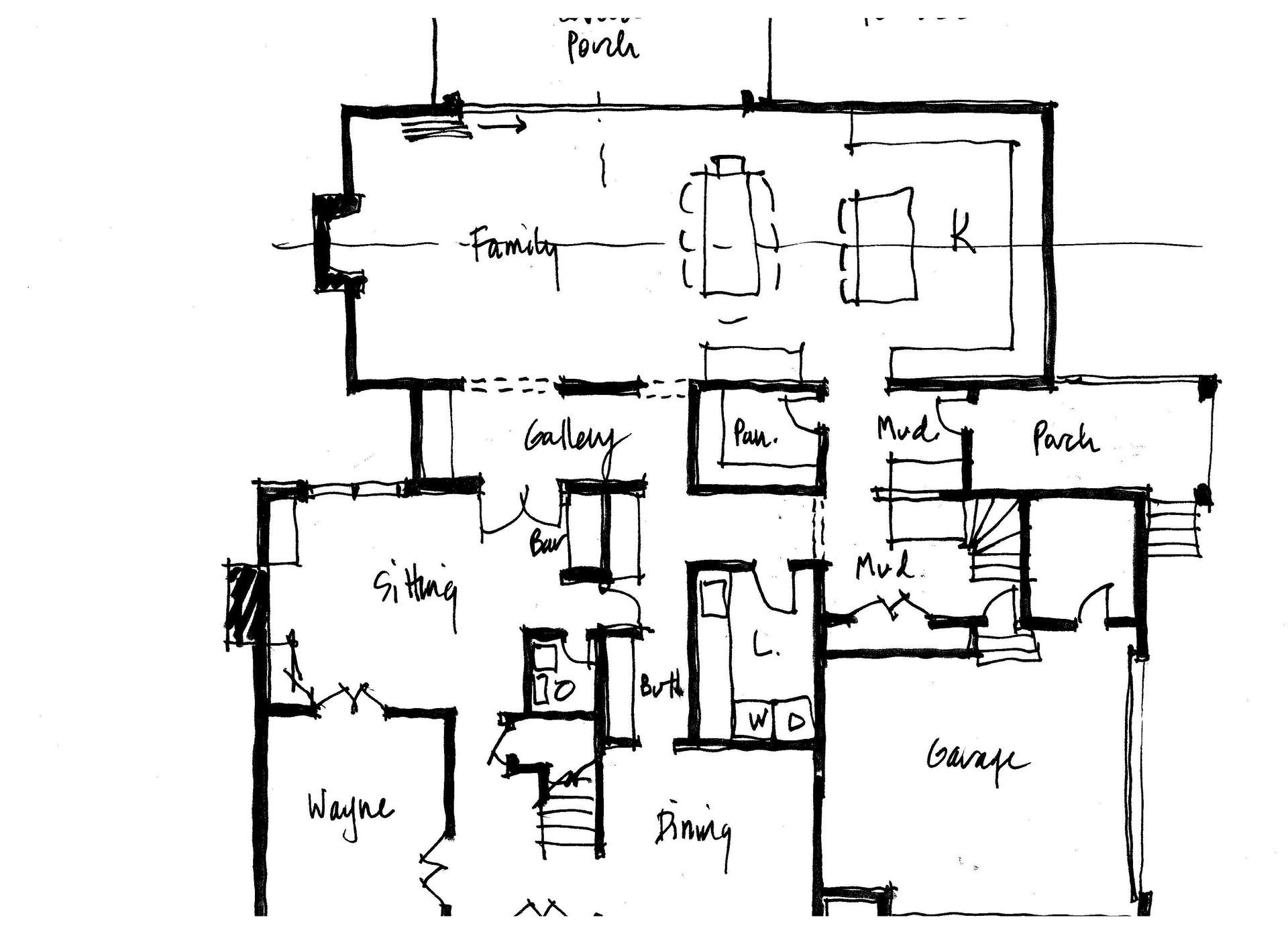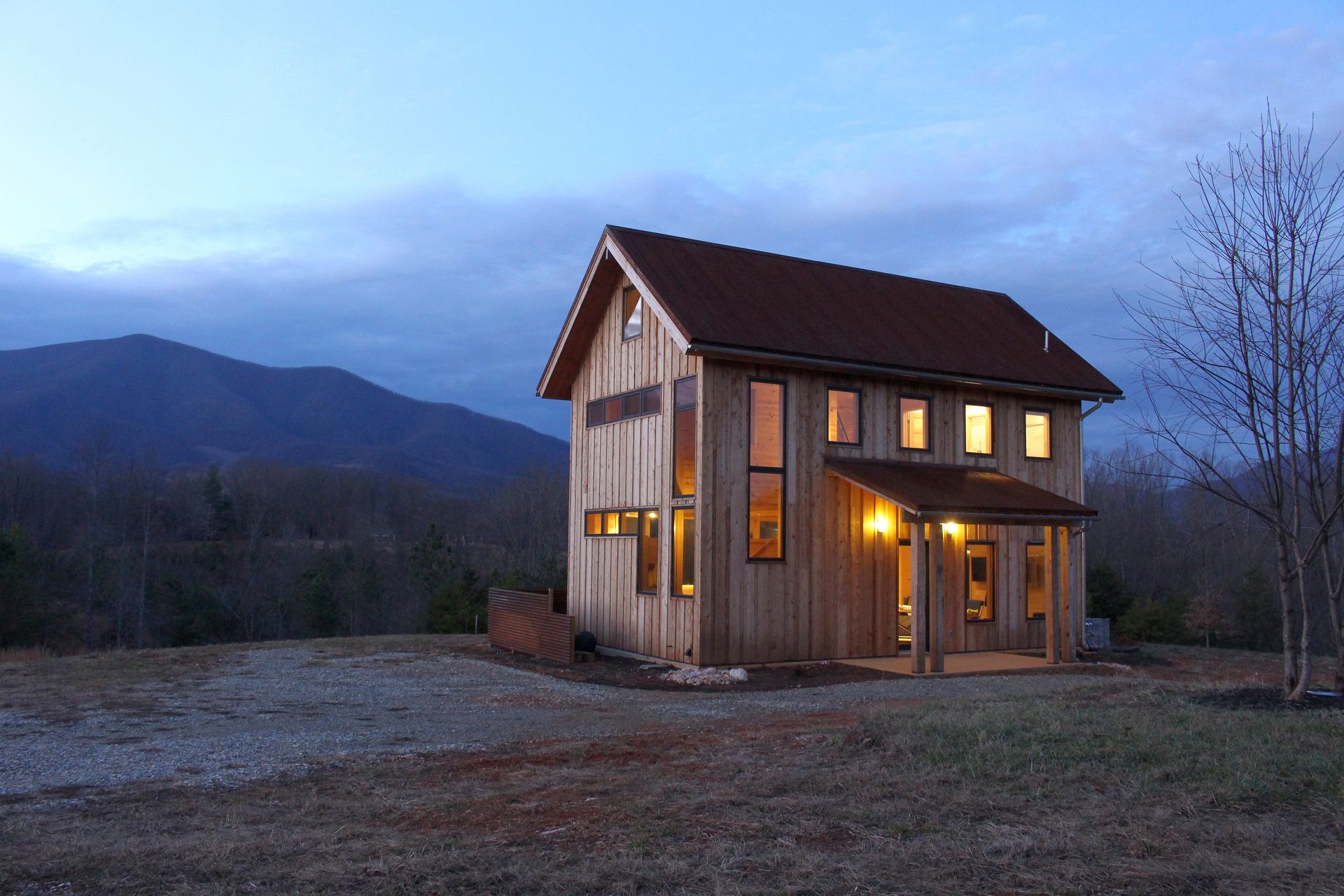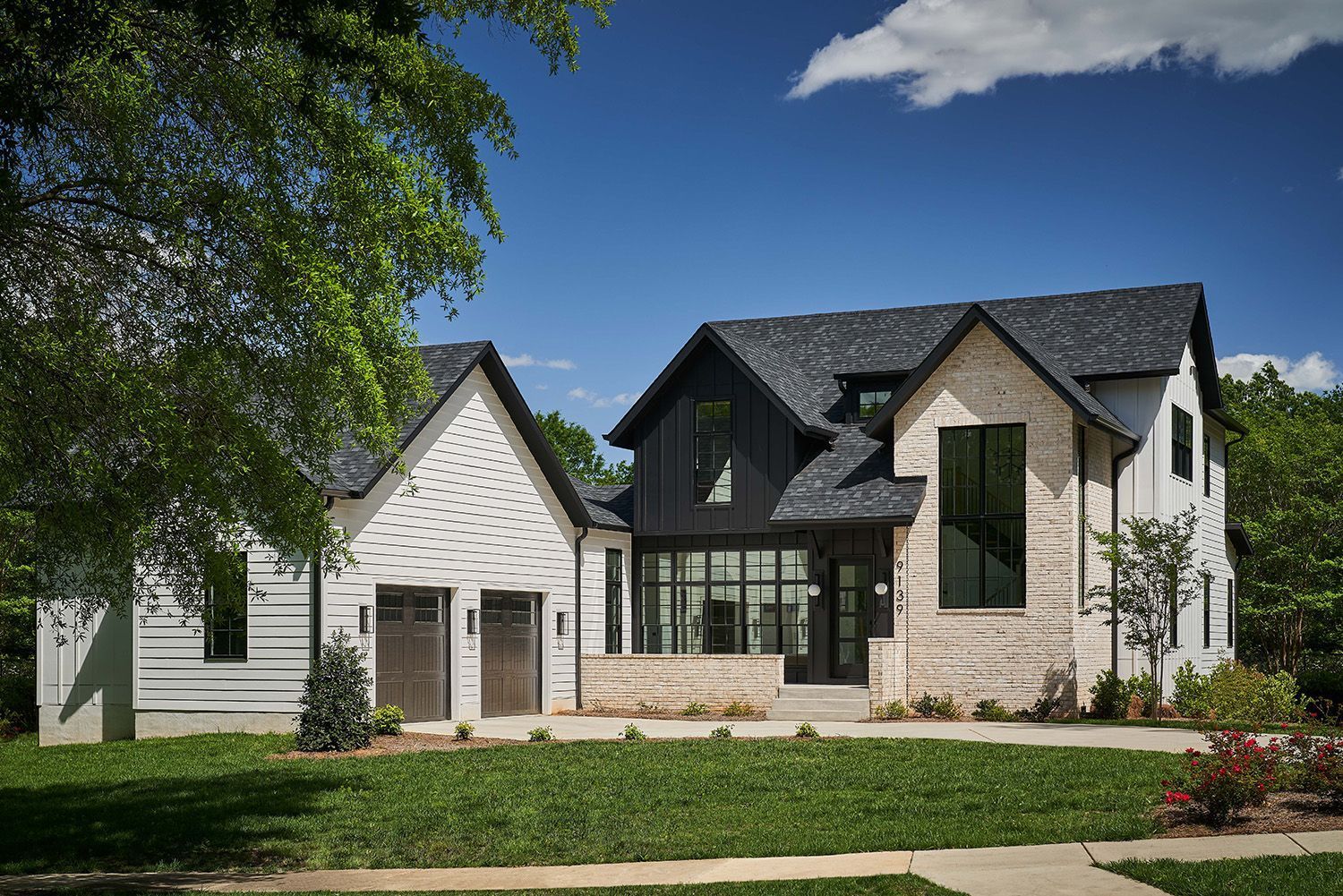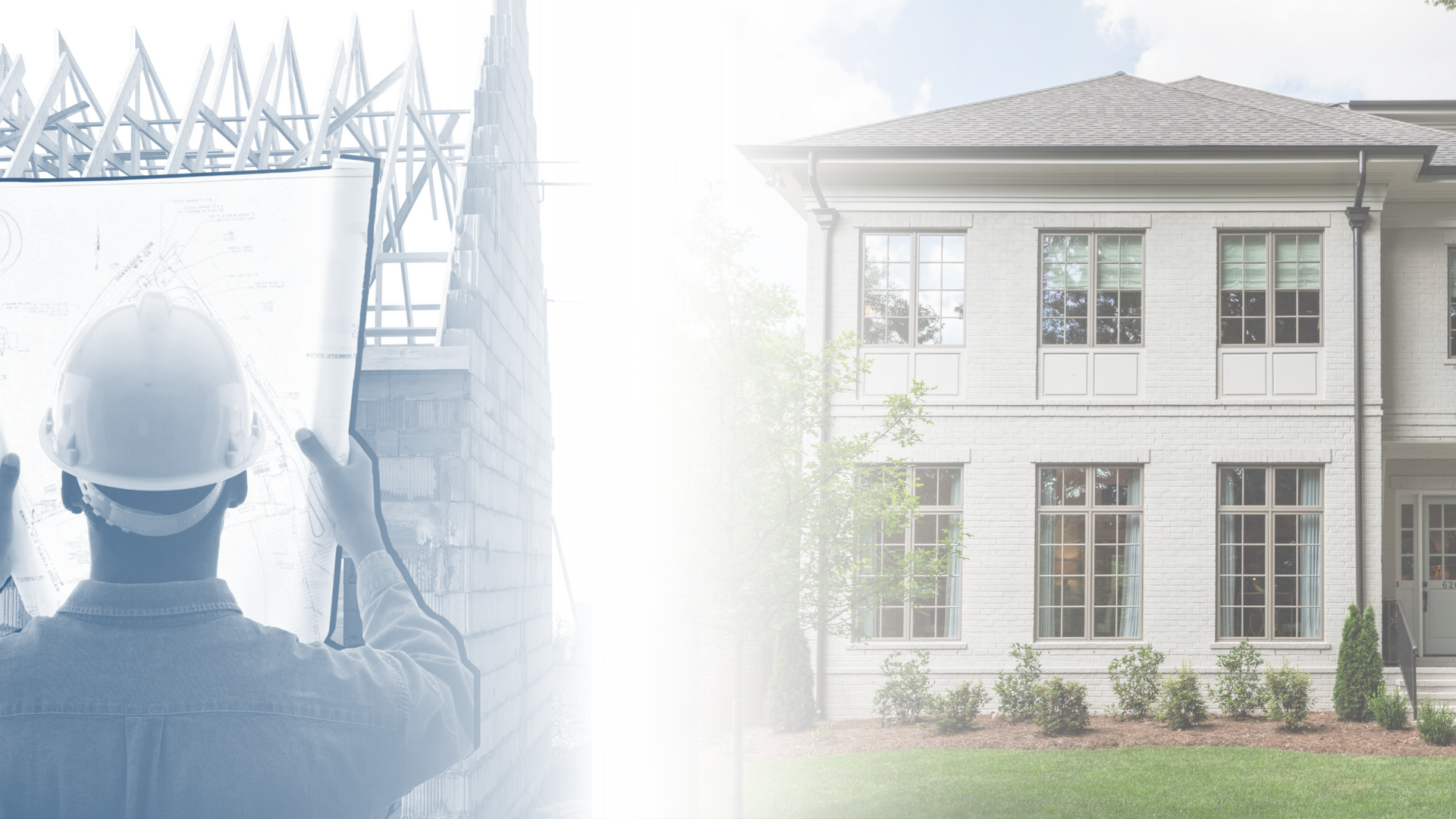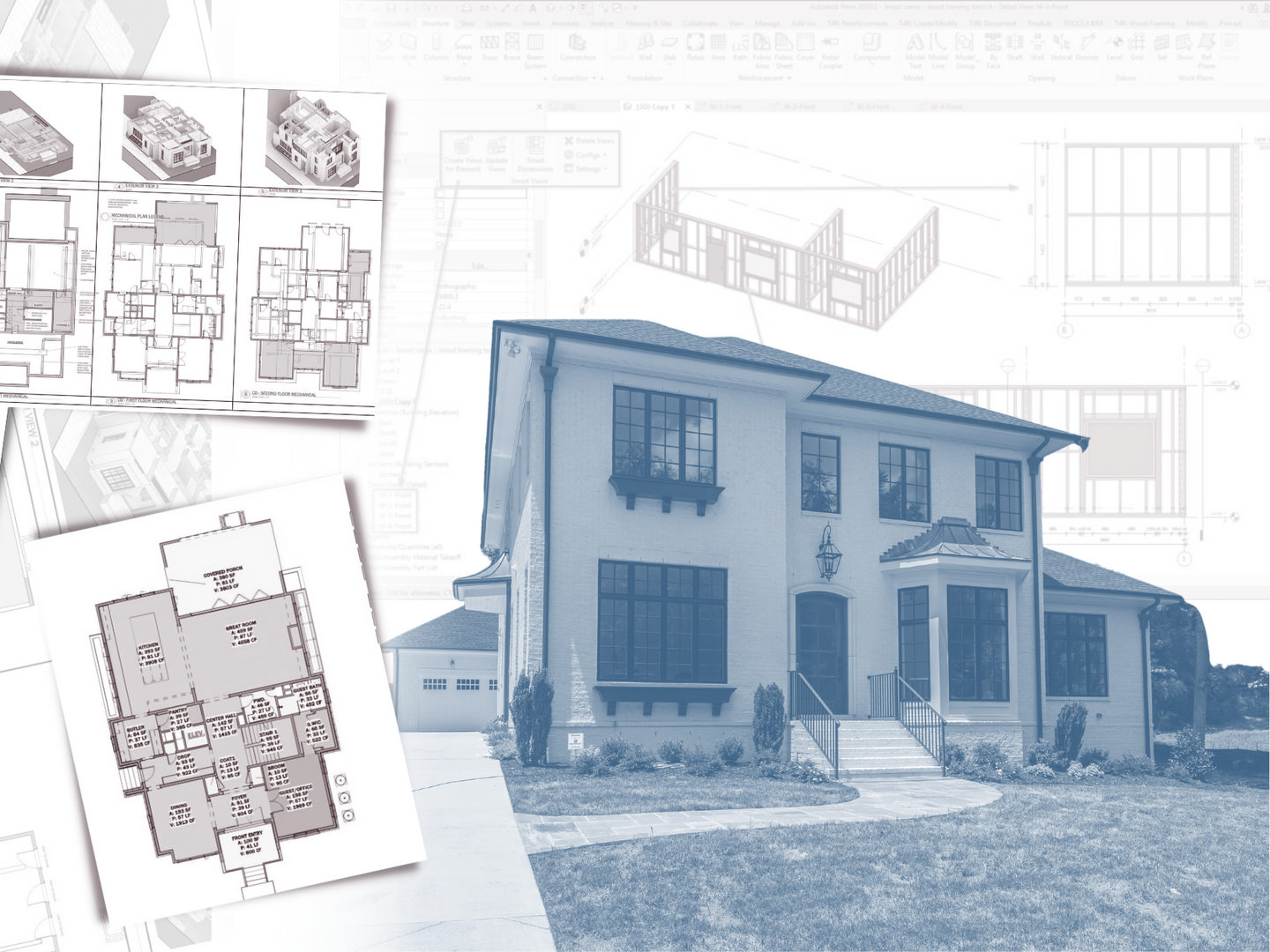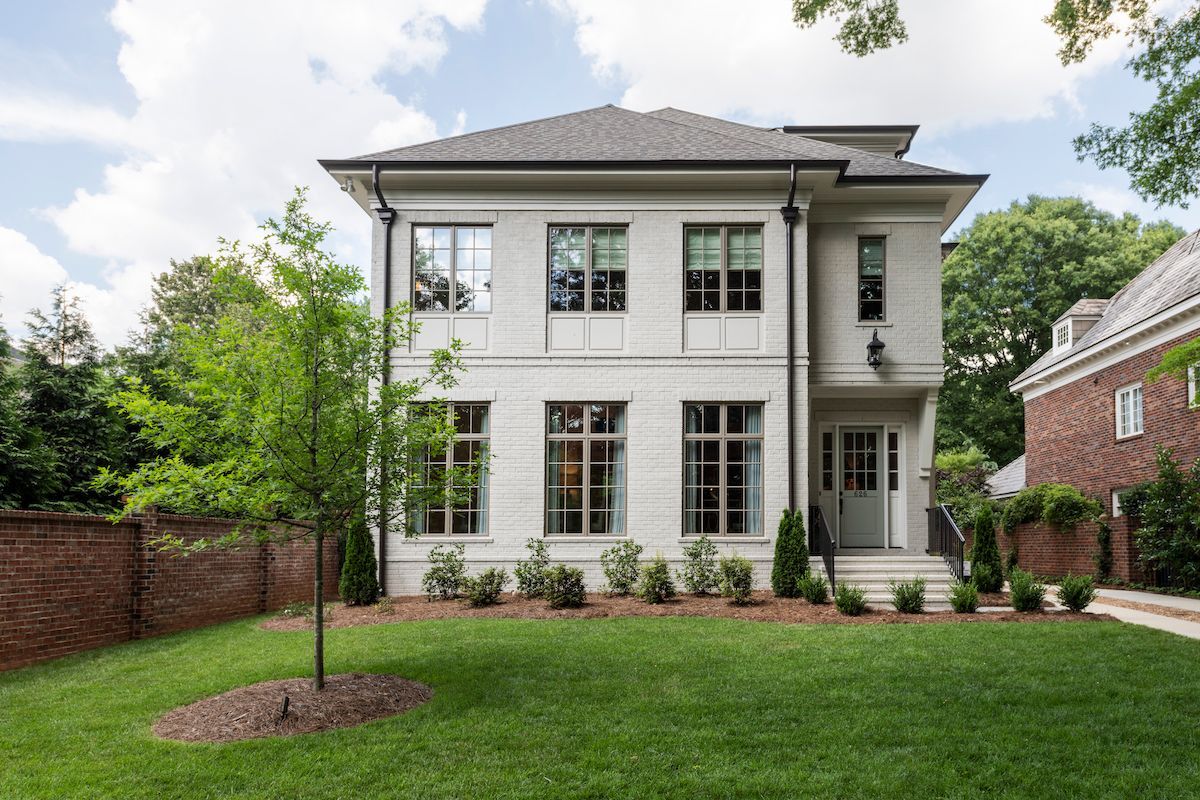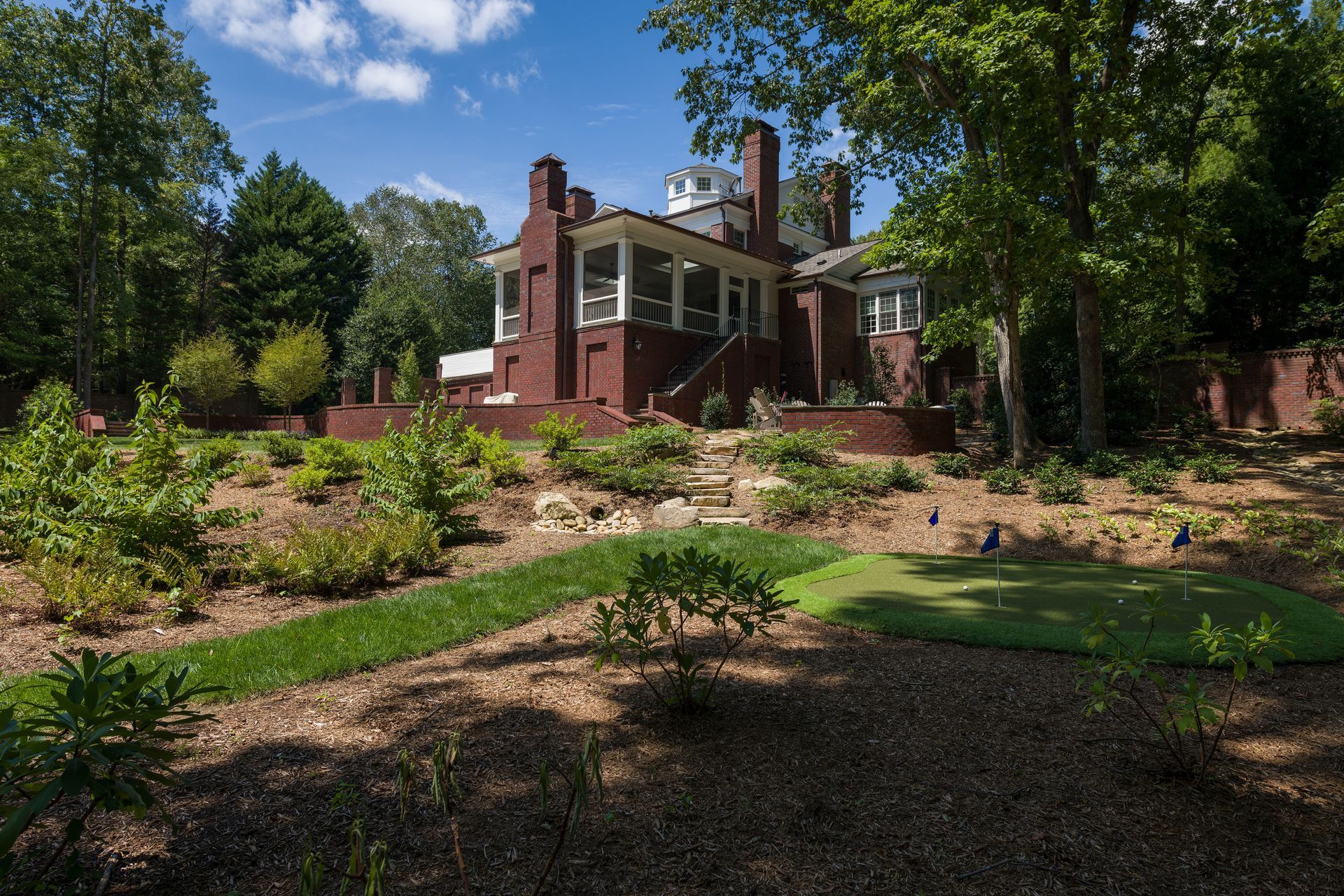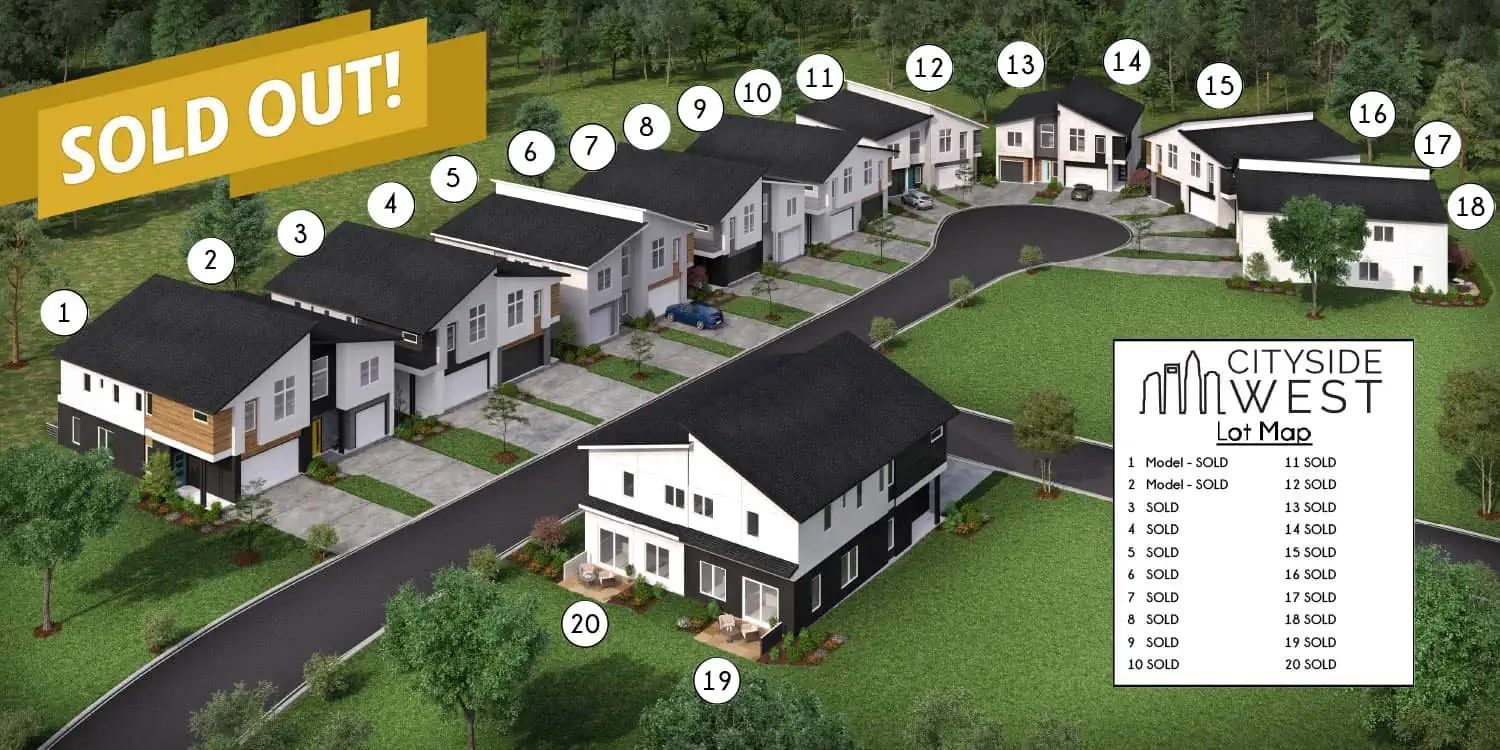Architecture VS Interior Design: What's the Difference?
Embarking on a custom home project in North Carolina can be overwhelming for homeowners.
There are a lot of terms and ideas thrown at you.
Two commonly mixed-up terms are architecture and interior design. No, they aren’t the same thing.
Understanding the roles of architecture and interior design empowers you as a homeowner to make informed decisions at every step of your home improvement journey, from the initial blueprint to the final decor touches.
Our team is here to explain the main differences between architecture and interior design, and how these professions work together.
Architecture: Crafting the Foundations of Your Home
Architecture is the overarching discipline that shapes the very essence of your home, determining its structural integrity, overall appearance, and the flow of spaces within.
According to Gray Houghland, “architecture is at its best at the intersection of art and science.”
Here are key aspects of the role of an architect:
- Structural Design: Architects are masterful planners, focusing on the layout and framework of your home. They consider load-bearing elements, foundation design, and structural stability, ensuring your home stands strong for years to come.
- Aesthetic Vision: Your home's external appearance is a result of architectural expertise. Architects take into account not only functionality but also the visual impact of your residence, creating a structure that blends with your surroundings and reflects your desired style.
- Spatial Planning: Architects carefully design the layout of rooms, corridors, and common areas. They consider the flow of movement, access to natural light, and how spaces connect, creating a harmonious and quality interior environment.
- Connecting Interior with Exterior: A big role of your architect will be merging your exterior with the interior. You can't just plunk two designs together—they have to flow and function as one home.
- Overall Coordinator: In general, your architect will be the main coordinator of your project. They will help you find and work with interior designers and other contractors. Therefore, they will also be the ones helping to shape your overall vision for your home that the other professionals working on your project will follow.
What are architects not responsible for?
In the grand scheme of creating your dream home, architects deal with multiple aspects of your project and play a crucial role in the final result.
But, there are some areas they won’t get involved in unless specifically requested.
These can include:
- Furniture selection
- Interior finish selection
- Window treatments
- Plumbing fixture selection
- Decorative elements
Note: For both architects and interior designers, it’s a good idea to find out whether their specialization is in residential or commercial buildings. This can make a big difference to their knowledge of your requirements and the appropriateness of their design skills to your project.
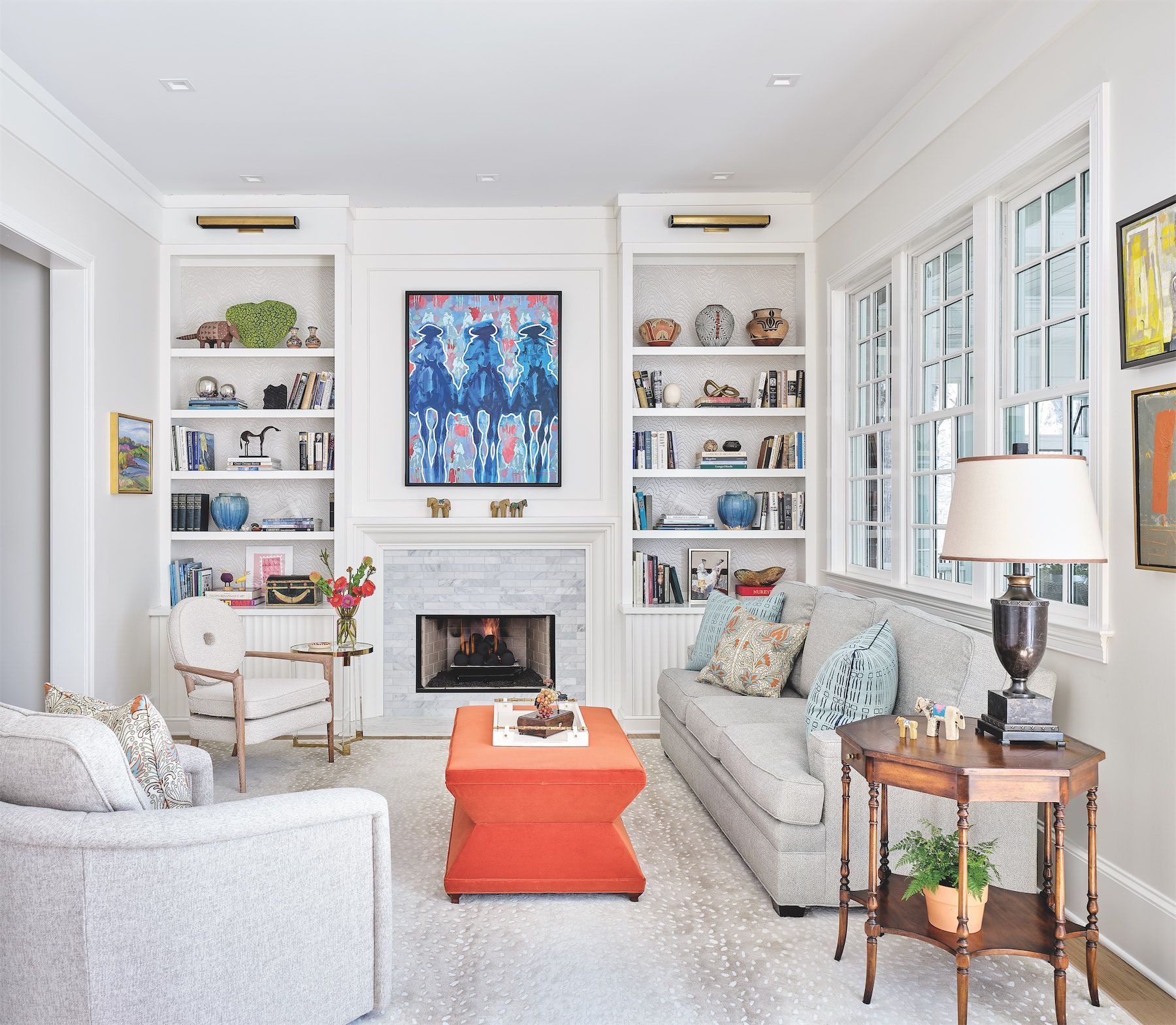
Interior Design: Crafting the Heart of Your Home
While architecture lays the foundation, interior designers fill in the finishing touches that transform a house into a personalized home. This aspect is all about the details, ensuring that the inside of your home aligns with your tastes and lifestyle. Here's what you need to know as a homeowner:
- Aesthetic Enhancement: Interior designers design the visual appeal of your home's interior spaces. They select color schemes, textures, and finishes that harmonize with your preferences, creating a cohesive and inviting atmosphere.
- Furniture and Decor: From selecting the perfect sofa to choosing the right lighting fixtures, interior designers curate the elements that populate your home. They pay attention to both style and functionality, ensuring that every piece contributes to the overall design.
- Space Utilization: Interior designers optimize the use of space within your home. They consider the arrangement of furniture, storage solutions, and the overall layout to maximize functionality while maintaining a pleasing aesthetic.
So, what are interior designers not responsible for?
As part of their service, interior designers take center stage in enhancing the aesthetics and feel of your spaces. As mentioned, they're the masters of furniture arrangement, color palettes, and the overall look and feel of your home.
But, it’s good to know that they typically steer clear of matters such as:
- Building codes (unless specifically requested)
- Structural engineering
- Electrical and plumbing layouts
- Permit drawings
- Architectural details and specifications
Collaboration Between Architects & Interior Designers
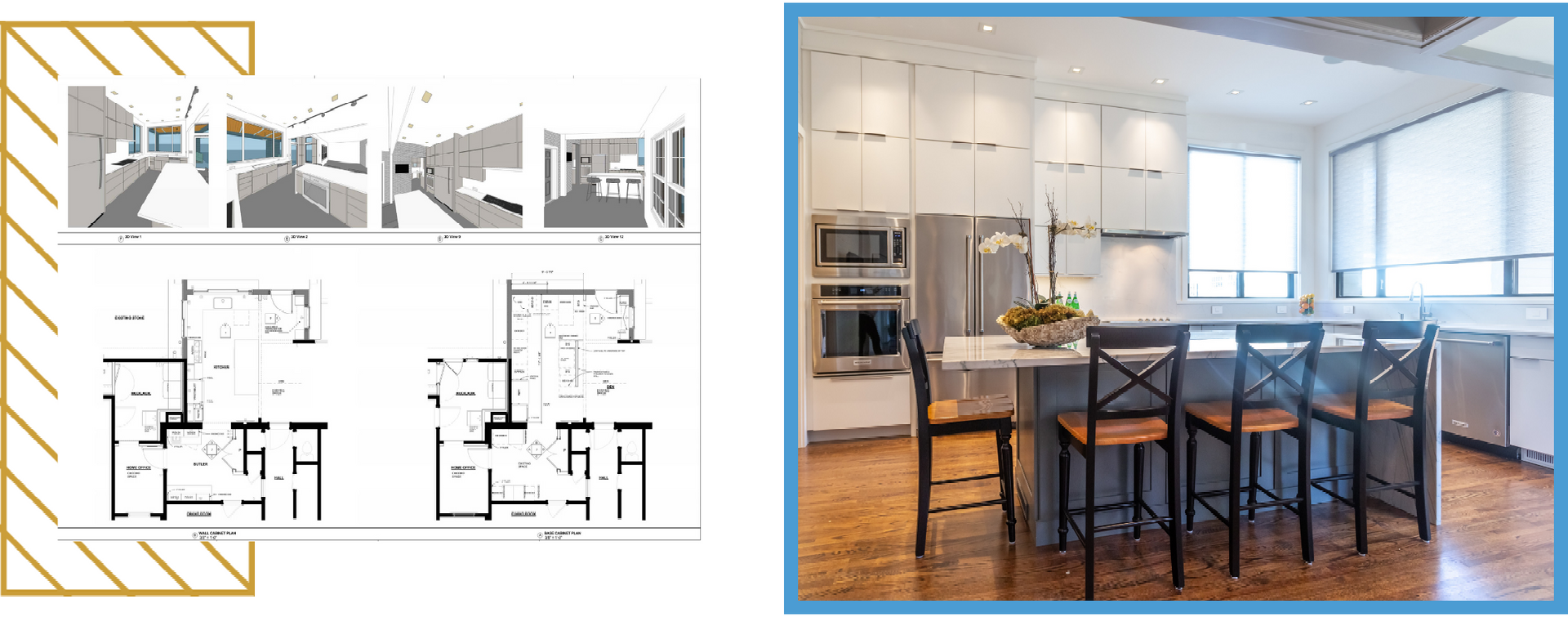
Most higher end projects will have an architect and an interior designer working in collaboration.
Sometimes you will work with an architect who has interior designers on their team. Other times, you or your architect will find an interior design firm to work with on your project.
How does an interior designer work with your architect to successfully design your dream home? Here are 3 things you should see during the design of your indoor spaces.
1. It’s a balancing act
To be happy with your North Carolina home, you need to balance feasibility, functionality, style, and creative flair. This might require some compromises, although the intention is always to build your dream home.
2. Role clarification is essential
To ensure smooth collaboration, any top architect and interior designer should clearly define the roles and responsibilities at the beginning of your project.
3. Project success can depend on effective communication
Open and transparent communication helps avoid design conflicts, leading to a more successful outcome.
How Interior Design and Architecture Complement Each Other
The interaction between architecture and interior design results in an interior space which strikes a balance between form & function—beauty & practicality combined.
For example, an architect designs the overall layout of a home considering factors like how you use your home and safety regulations. But it's the interior designer who helps you select the seating style, wall color, and ambient lighting to create a specific atmosphere.
It's important to note that your interior designer is typically working within the structure set by the architect.
The architect is responsible for merging the outside design with the inside design. Because of this, their design is typically a bit more set in stone.
Typically, your interior designer designs within the framework that the architect has set.
The Importance of Aesthetics in Architecture vs. Interior Design
Both interior design and architecture have a strong focus on aesthetics, but their approaches differ greatly. Architects concentrate on creating functional structures that are structurally sound while being visually appealing.
Think of it like baking a cake; the architect is responsible for the recipe and making sure all ingredients blend perfectly to create a sturdy yet tasty base (the building structure).
On the other hand, an interior designer's role can be likened to icing and decorating this cake with harmonious colors, patterns, textures—essentially transforming it into an artwork that’s not only pleasing to look at but also delightful when experienced.
Aesthetic Approach: Interior Designers
In essence, aesthetically pleasing spaces become a reality because of interior designers.
Their main aim is achieving visual appeal through selection and arrangement of elements such as furniture, decor items, lighting fixtures etc., ensuring they all gel together seamlessly.
The beauty lies in their ability to envision what could be rather than just seeing what currently exists. They work closely with architects during the space planning phase itself so that each piece falls exactly where it should be—akin to how musicians would place notes on sheet music.
Aesthetic Approach: Architects
On the flip side, architects' primary concern revolves around constructing buildings which stand the test of time without compromising their aesthetic value one bit.
They consider factors like geographical location or orientation towards the sun before finalizing the layout, thus aiming to create a structure that's not only structurally sound, but also aesthetically pleasing. This includes considering how light will enter the building or how it blends with its surroundings.
In conclusion, both professions hold aesthetics in high regard; however, their perspectives and methods of achieving it differ significantly. The beauty lies within this contrast as they work together harmoniously towards a common goal—creating spaces that are functional, safe, and visually delightful.
Technical Aspects of Architecture vs. Interior Design
The fields of interior design and architecture share some common ground, but their technical aspects set them apart. Each profession requires a distinct blend of skills, knowledge, and focus.
The Technical Side of Architecture
An architect's job goes beyond drafting up pretty homes; they're responsible for creating structurally sound buildings that meet the needs of their clients.
Here are some technical facets integral to architecture:
- Design Principles: Understanding design fundamentals such as scale, proportion, balance, rhythm, and emphasis to create aesthetically pleasing and functional structures.
- Building Systems: Knowledge of structural, mechanical, electrical, and plumbing systems to ensure the integrity, safety, and functionality of buildings.
- Building Materials and Construction Techniques: Understanding various construction materials (concrete, steel, wood, etc.), their properties, durability, and suitability for different structural elements and climates.
- Building Codes and Regulations: Comprehending local building codes, zoning laws, safety standards, and regulations to ensure compliance and safety in architectural designs.
- Site Analysis and Planning: Assessing site characteristics, environmental impact, topography, sun path, wind direction, and other factors to optimize building placement, orientation, and landscaping.
- Sustainable Design: Integrating eco-friendly practices, green building materials, energy-efficient systems, and passive design strategies to create environmentally sustainable structures.
- Technology Integration: Incorporating technological advancements such as Building Information Modeling (BIM), parametric design tools, and computer-aided design (CAD) software for efficient design and construction processes.
- Budgeting and Project Management: Estimating costs, creating budgets, managing timelines, and coordinating with contractors, engineers, and clients to execute architectural projects effectively.
- Documentation and Drawings: Creating detailed architectural drawings, plans, and specifications that communicate design intent and guide construction.
- Accessibility and Universal Design: Ensuring buildings are accessible to people with disabilities and adhering to universal design principles to accommodate diverse user needs.
- Cultural and Contextual Understanding: Considering cultural, historical, social, and contextual aspects while designing buildings to reflect and respect the surroundings.
These technical aspects, combined with innovative design thinking and an understanding of the built environment, contribute to the creation of functional, sustainable, and visually appealing architectural designs.
The Technical Side of Interior Design
In contrast to architects who work on the 'big picture' structure and exterior building aspects, interior designers are focused more intimately within these spaces—working to create cohesive designs using furniture placement strategies, lighting design considerations among other things.
Here are some technical facets integral to interior design:
- Color Theory and Schemes: Understanding the psychology of colors, color harmonies (complementary, analogous, monochromatic), and their impact on mood, perception, and space.
- Space Planning: Analyzing space layout, traffic flow, functionality, and ergonomics to optimize the use of available space.
- Furniture Design and Placement:
Knowledge of furniture styles, sizes, materials, and their arrangement within a space to ensure comfort, functionality, and aesthetic appeal.
- Lighting Design:
Utilizing natural and artificial light sources to enhance ambiance, emphasize architectural features, and improve functionality while considering energy efficiency.
- Materials and Finishes:
Understanding various materials (wood, fabric, metal, etc.), their properties, durability, suitability for specific uses, and combining textures and finishes for a cohesive design.
- Environmental Sustainability: Integrating eco-friendly practices, materials, and technologies to create sustainable and environmentally conscious designs.
- Technology Integration:
Incorporating smart home systems, audio-visual equipment, and other technological elements seamlessly into the design.
- Acoustics: Consideration of sound absorption, diffusion, and reflection within a space to create optimal auditory conditions.
- Visualization Tools: Proficiency in using design software (e.g., CAD, SketchUp, etc.), hand-drawing skills, and 3D modeling to create and communicate design concepts.
These technical aspects, along with creative flair and a comprehensive understanding of design principles, contribute to successful interior design projects.
Architects and Interior Designers: Partners in Your Dream Home
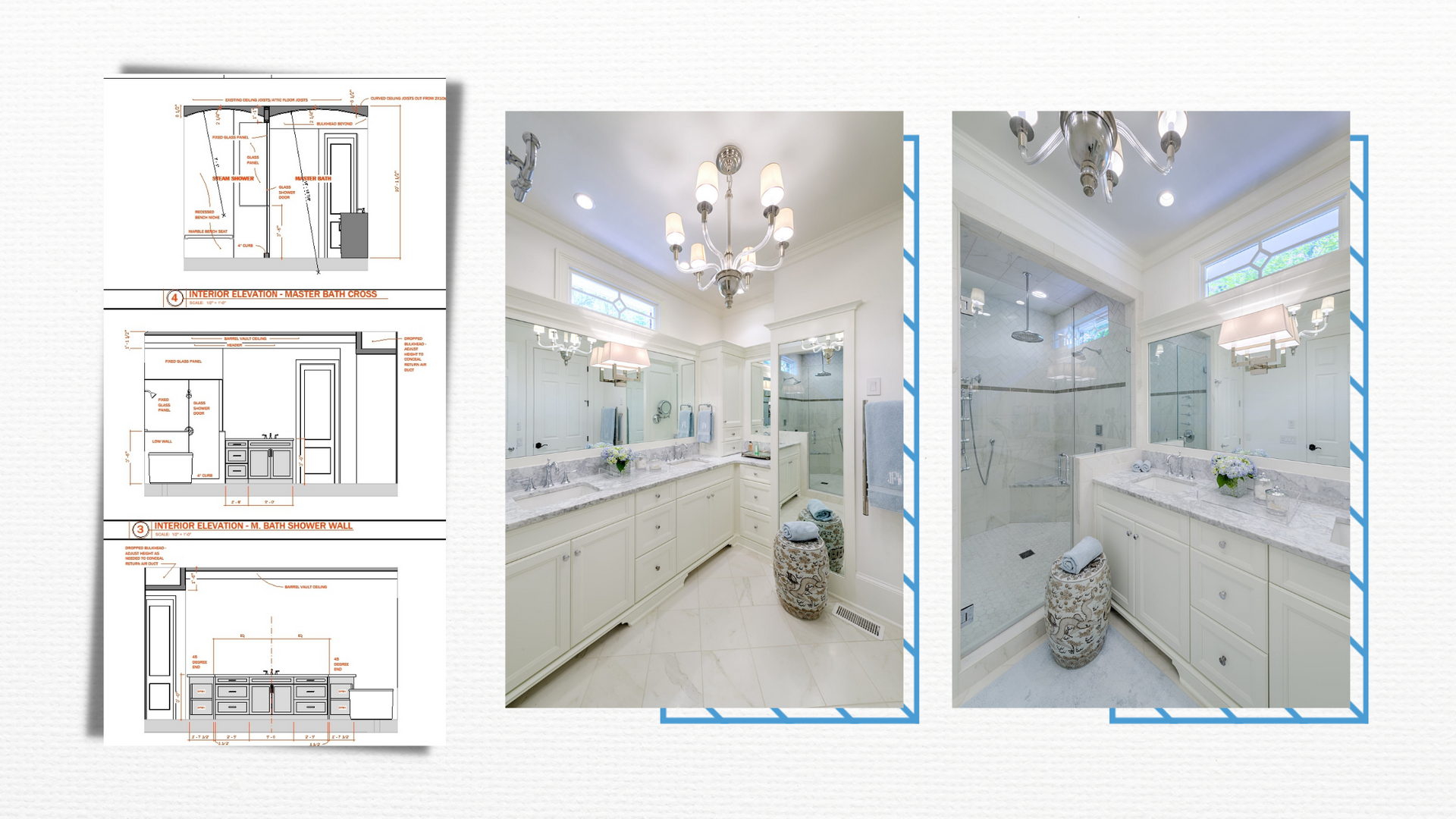
Grasping the intricate dance between architecture vs interior design isn't always easy, but it's key to understanding how our built environments come to life.
Architects and interior designers collaborate to construct structures that are both practical and visually appealing.
In short: an architect creates your canvas; an interior designer paints it.
Together they bring balance—function with form—breathing soul into spaces we live in every day.
At Houghland Architecture, we can guide you in creating your ideal living space. Whether you’re adding to an existing building or building a new home in North Carolina from scratch, we work seamlessly with other contractors to achieve your vision.
To find out more, reach out to our team in Charlotte, NC or apply for a FREE consultation today.
